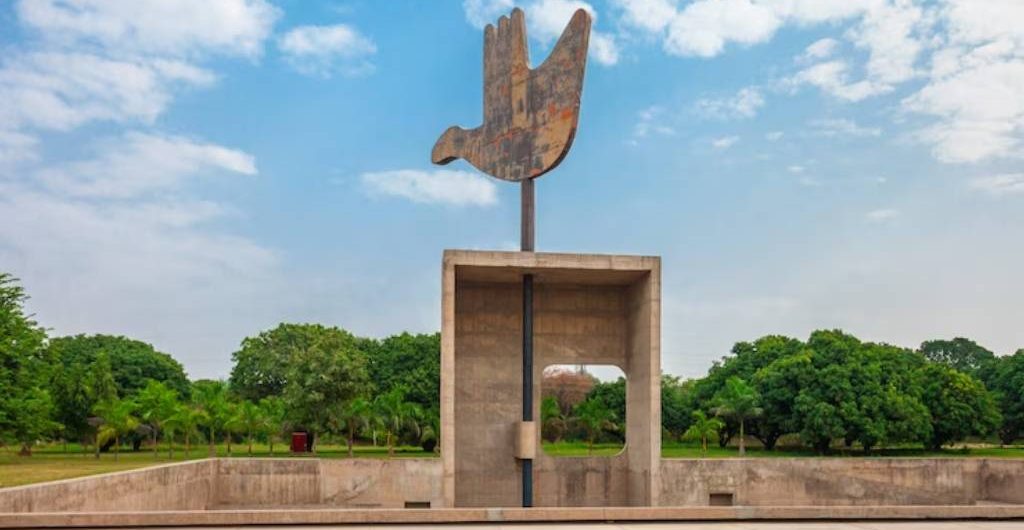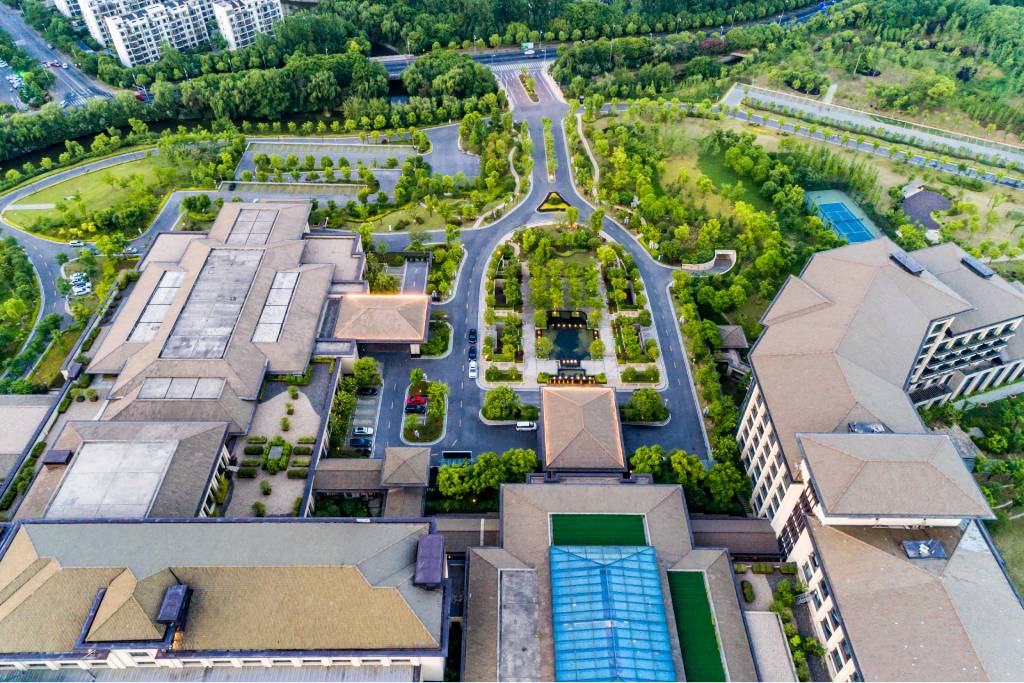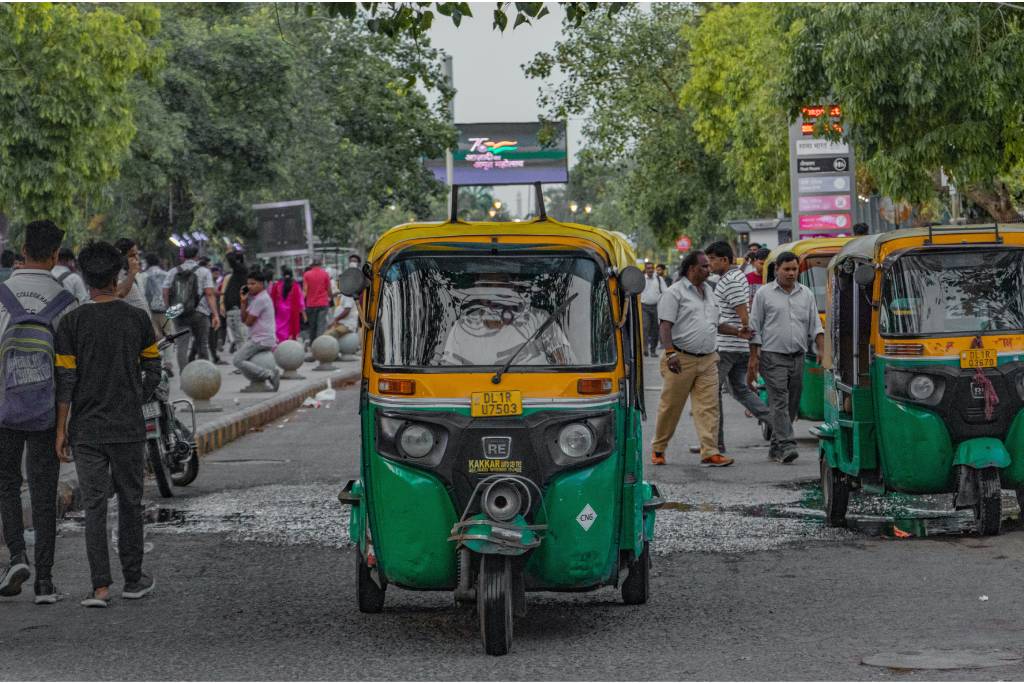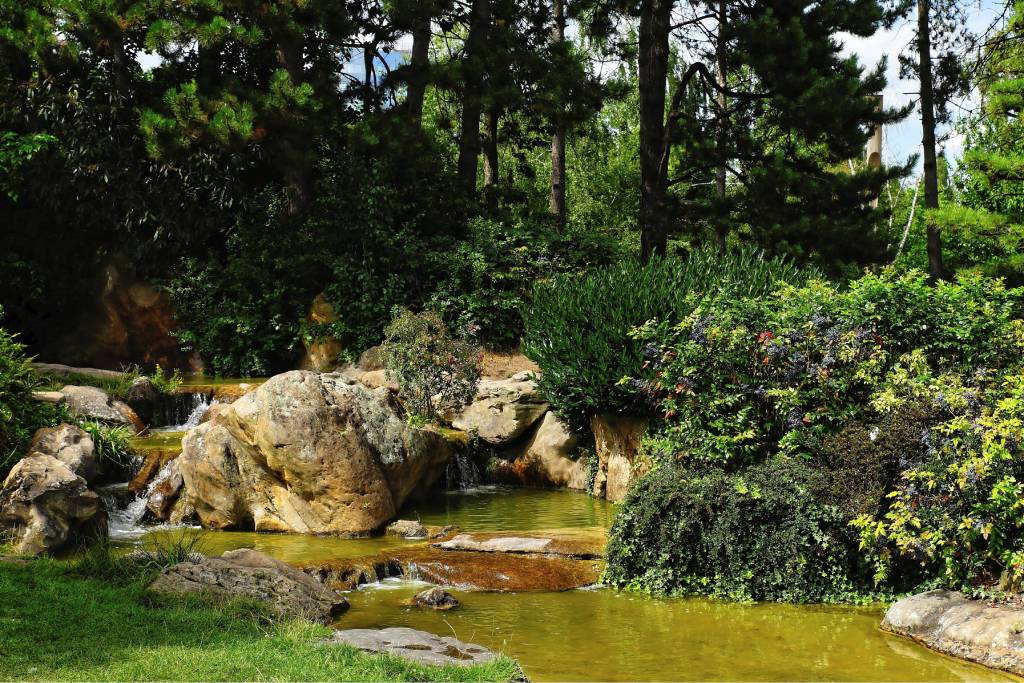
Nestled at the foothills of the Shivalik range in northern India ,Chandigarh stands as a testament to modern urban planning and architectural excellence. Often referred to as “The City Beautiful,” Chandigarh is more than just a city; it’s a symbol of progress, innovation, and harmonious living. This union territory has a unique blend of history, culture, and urban aesthetics that have captivated visitors and residents alike for decades.
History of Chandigarh
- Early History and Background: Chandigarh’s history dates back to ancient times, when the region was inhabited by various dynasties. However, the modern history of the city began after India gained independence in 1947. Chandigarh’s creation was necessitated by the partition of Punjab, which left the former capital, Lahore, in Pakistan.
- Role of Le Corbusier: The city’s transformation into a modern urban marvel was primarily driven by the vision of Swiss-French architect Le Corbusier. His innovative ideas and architectural genius played a pivotal role in shaping Chandigarh’s distinctive layout and design.
- Formation of Chandigarh as a Union Territory: Chandigarh was officially declared a union territory in 1966, serving as the capital for both Punjab and Haryana states. This unique political status has contributed to its administrative significance.
Urban Planning and Architecture

- Le Corbusier’s Architectural Influence: Chandigarh’s architecture is characterized by Le Corbusier’s principles of functionality, simplicity, and open spaces. His master plan divided the city into sectors, each with its own distinct purpose and green spaces.
- Layout and Design of Sectors: Chandigarh’s well-organized sectors boast wide, tree-lined avenues, parks, and a grid-like layout. This design fosters a sense of order and aesthetics throughout the city.
- Green Spaces and Parks: Chandigarh is famous for its lush green parks and gardens, including the Rock Garden, Rose Garden, and Sukhna Lake. These serene spaces provide residents with a breath of fresh air and places for recreation.
- Iconic Buildings and Landmarks: The city features iconic landmarks like the Capitol Complex, designed by Le Corbusier himself, and the Tower of Shadows. These structures showcase Chandigarh’s architectural brilliance and continue to attract architecture enthusiasts from around the world.
Governance and Administration
- Union Territory Status: Chandigarh is a union territory administered directly by the Central Government of India. It serves as the joint capital for both Punjab and Haryana states, with its own distinct administration.
- Administrative Structure: The city’s governance is overseen by a Union Territory Administrator, who is appointed by the President of India. Chandigarh also has a municipal corporation responsible for local governance.
- Political Representation: The city sends a Member of Parliament to the Lok Sabha (House of the People) and has representation in the Rajya Sabha (Council of States). It also has its own legislative assembly.
- Local Government and Civic Services: Chandigarh’s local government is responsible for providing essential services like water supply, sanitation, transportation, and urban planning.
Economy and Industries
- Economic Sectors and Industries: Chandigarh’s economy is diverse, with a focus on industries such as information technology, manufacturing, healthcare, and education. The city’s strategic location and well-planned infrastructure have attracted numerous businesses and industries.
- Educational and IT Hub: Chandigarh is home to prestigious educational institutions and research centers. Additionally, it has emerged as a hub for the information technology (IT) sector, with several IT parks and companies operating within its boundaries.
- Employment Opportunities: The city’s growing economy offers ample employment opportunities for residents and migrants, contributing to its prosperity and quality of life.
Culture and Society
- Demographics and Population: Chandigarh’s population is diverse, comprising people from various regions, cultures, and backgrounds. This multicultural environment fosters tolerance and harmony among its residents.
- Festivals and Cultural Events: The city celebrates a wide range of festivals, including Diwali, Holi, and Baisakhi, with fervor and enthusiasm. It also hosts cultural events, art exhibitions, and music festivals that showcase its vibrant cultural scene.
- Arts and Entertainment: Chandigarh boasts a thriving arts and entertainment scene, with numerous theaters, art galleries, and performance venues. It provides a platform for both established and emerging artists to showcase their talents.
Education and Healthcare

- Educational Institutions: Chandigarh is known for its top-notch educational institutions, including Panjab University, Post Graduate Institute of Medical Education and Research (PGIMER), and various engineering and management colleges.
- Healthcare Facilities and Medical Tourism: PGIMER, in particular, has earned a reputation as a leading medical and research institution, attracting patients from across India and neighboring countries. Chandigarh’s healthcare infrastructure and medical expertise have contributed to the growth of medical tourism in the region.
Transportation and Connectivity

- Road Networks and Public Transport: The city boasts a well-connected road network and an efficient public transportation system, making it easy for residents to navigate. It also promotes eco-friendly transportation options like cycling.
- Airport and Rail Connectivity: Chandigarh is served by Chandigarh International Airport and has good rail connectivity with major cities in India. These transportation links facilitate business travel and tourism.
- Importance as a Transportation Hub: Its strategic location on the border of Punjab and Haryana makes Chandigarh a vital transportation hub in northern India.
Tourism and Attractions

- Tourist Destinations and Historical Sites: Chandigarh’s tourist attractions include the iconic Rock Garden, the serene Sukhna Lake, the Zakir Hussain Rose Garden, and the Nek Chand Fantasy Rock Garden. These sites showcase the city’s artistic and natural beauty.
- Museums and Art Galleries: Visitors can explore museums like the Government Museum and Art Gallery, which houses an impressive collection of art and historical artifacts.
- Food and Cuisine: Chandigarh offers a diverse culinary experience, with a range of restaurants serving Punjabi, North Indian, and international cuisines. Street food enthusiasts can savor local specialties like chole bhature and Amritsari kulcha.
- Shopping and Markets: The city’s markets and shopping centers, including Sector 17 and Sector 22, offer a variety of shopping options, from traditional handicrafts to modern fashion brands.
Environmental Initiatives
- Green Initiatives and Sustainability: Chandigarh places a strong emphasis on green initiatives and sustainability. Efforts are made to maintain a green cover, reduce pollution, and implement eco-friendly practices.
- Efforts to Maintain Clean and Green Surroundings: The city’s strict regulations and tree plantation drives contribute to its clean and green environment, enhancing the quality of life for residents.
- Water Management and Conservation: Chandigarh is proactive in water management and conservation, ensuring a sustainable supply of this essential resource.
Challenges and Future Prospects
- Urban Development Challenges: Chandigarh faces challenges related to urbanization, including traffic congestion, infrastructure development, and housing needs. Managing the balance between urban growth and environmental preservation remains a priority.
- Infrastructure and Traffic Management: As the city continues to grow, maintaining a robust infrastructure and effective traffic management are crucial for its future development.
- Future Development Plans and Sustainability Goals: Chandigarh has ambitious plans for sustainable urban development, including the adoption of smart city technologies and renewable energy initiatives.